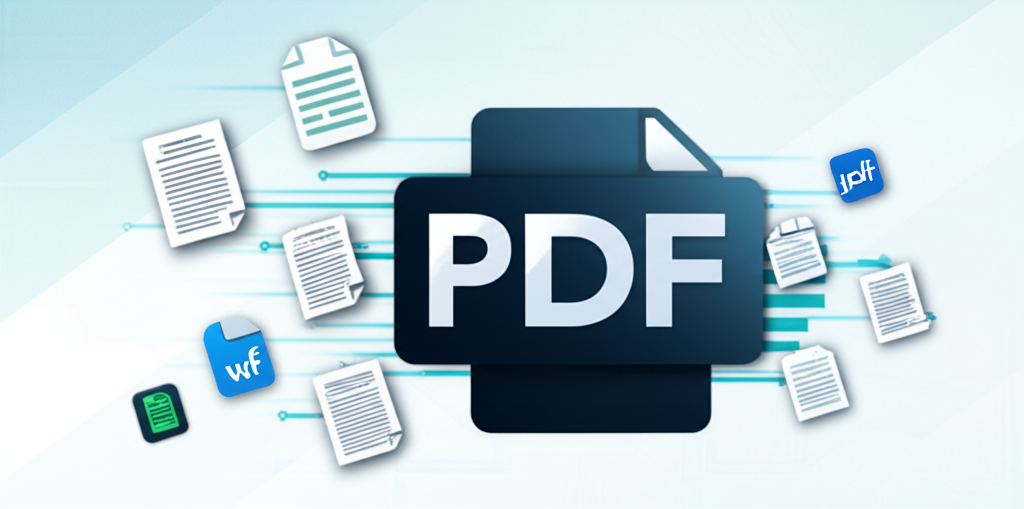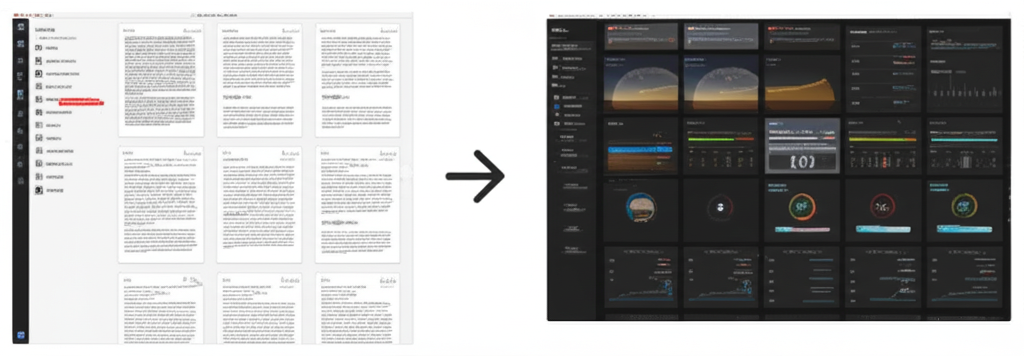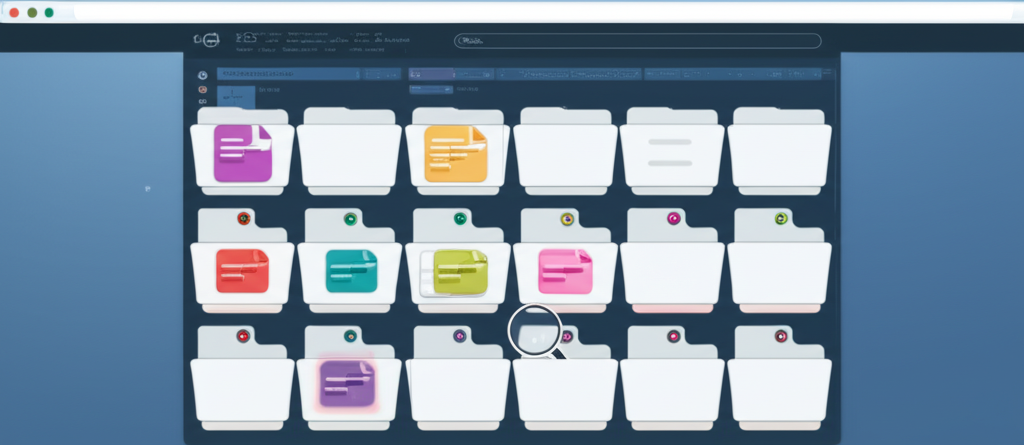PDF Accessibility: Making Your Documents Available to Everyone
Screen2PDF Editor
Content Writer

Introduction
PDFs are everywhere—from compliance reports and legal briefs to e-books and marketing collateral—but they can also present barriers to people with disabilities if not structured properly. An accessible PDF allows screen readers to navigate headings, alt text to describe images, and logical reading order for assistive technologies. In this guide, we’ll show you how to prepare your web content, configure our front-end converter, and verify your output so that every PDF you generate serves all users, regardless of ability.
Why PDF Accessibility Matters
Accessible documents:
- Comply with Regulations: Laws like the ADA (U.S.) and EN 301 549 (EU) require digital content to meet accessibility standards.
- Reach a Wider Audience: Approximately 15% of the world’s population has some form of disability.
- Improve SEO & Usability: Well–structured PDFs are indexed more accurately by search engines and easier to navigate.
- Enhance User Experience: Logical structure and clear metadata benefit everyone—especially mobile and low-bandwidth users.
Preparing Your Webpage for Accessible Conversion
The quality of your PDF’s accessibility starts with the source page. Before conversion, ensure your HTML follows best practices:
Use Semantic HTML
Semantic tags (<h1>–<h6>, <nav>, <main>, <article>) create a meaningful outline that screen readers and PDF taggers can leverage. For example, wrap your main content in <main> and use headings in hierarchical order—one <h1>, followed by <h2>, and so on.
Provide Alt Text for Images
Every <img> should include an alt attribute that succinctly describes its content or purpose. Decorative graphics can use alt="" so assistive tools skip them. Proper alt text ensures images appear as tagged content, not blank space.
Implement ARIA Landmarks
ARIA roles (role="banner", role="navigation", role="contentinfo") guide users through page regions. While semantic HTML covers most use cases, ARIA roles add extra clarity when you need custom widgets or complex layouts.
Structure Tables Properly
Tables should include <caption> for context, <th> for headers, and proper scope attributes. Screen readers rely on these tags to announce column and row headings, so avoid using tables for layout.
Using Our Web to PDF Converter
Our front-end tool captures your page’s semantic structure and metadata when you run a conversion. Follow these steps to preserve accessibility:
Choose the Right Mode
Select A4 or Letter mode to generate vector-based PDFs that retain text as real characters—allowing screen readers to parse content and users to select or search text. Avoid “Screenshot” mode, which rasterizes the entire page and strips out tags.
Include Page Metadata
Your webpage’s <title> tag, <meta name="author">, and <meta name="description"> are automatically embedded into the PDF’s document properties. Confirm they’re populated so end users and assistive technologies can identify the document’s title, author, and subject.
Use Print Background Judiciously
Background colors and images can support visual design but may hinder contrast for some readers. If you include backgrounds, test your PDF with high–contrast mode or consider toggling “Print Background” off to simplify the layout.
Ensure Dynamic Content Loads
For single-page apps or pages that load components asynchronously, use the “Wait for Selector” option to pause conversion until key elements (e.g., .article-body, #main-content) appear. This guarantees that all semantic markup is present before PDF generation.
Set an Appropriate Viewport
A viewport of 1024,768 often yields a balanced layout for multi-column pages, while 375,667 emulates mobile for simpler, linear formats. Smaller viewports can reduce page width and improve readability on narrow screens—beneficial for users who zoom or use screen magnifiers.
Design for Readability and Contrast
Accessible documents rely on clear typography and sufficient contrast:
- Font Size: Use at least 12 pt (16 px) body text so screen magnifiers don’t clip characters.
- Line Spacing: 1.5× line height improves legibility for readers with dyslexia or low vision.
- Contrast Ratio: Aim for a 4.5:1 ratio between text and background; our converter faithfully preserves CSS colors.
Testing and Verifying Accessible PDFs
After conversion, validate your PDF’s accessibility using these tools:
- Adobe Acrobat Pro: Run the built-in Accessibility Checker (Tools → Accessibility → Full Check).
- PAC 3: The PDF Accessibility Checker (free, Windows only).
- NVDA / JAWS: Listen to the reading order and heading navigation.
- WAVE PDF : Online validator for basic tagging issues.
Review reported errors—such as missing headings, unlabeled form fields, or untagged artifacts—and adjust your source page or conversion settings accordingly.
Troubleshooting Common Accessibility Issues
- Missing Headings: Confirm you used proper
<h1>–<h6>tags; avoid styled<div>for headings. - Blank Images: Ensure every
<img>has analtattribute before converting. - Incorrect Reading Order: Use semantic containers (
<article>,<section>) and ARIA roles to define logical flow. - Low Contrast: Adjust your stylesheet or disable backgrounds to boost text visibility.
- Unselectable Text: Verify you did not use “Screenshot” mode; vector modes preserve real text.
Conclusion
Creating accessible PDFs doesn’t require specialized software or command-line tools—just mindful webpage authoring and the right conversion settings. By ensuring your HTML is semantic, images are labeled, and your converter is configured for vector output, you’ll produce PDFs that comply with accessibility standards, improve usability for all readers, and extend the reach of your content. Try our Web to PDF converter now and make every document inclusive.
Screen2PDF Editor
Content Writer & PDF Expert
Screen2PDF Editor is a content writer specializing in digital document management and PDF technologies. With years of experience in the field, they provide practical insights and tutorials to help users make the most of PDF tools and technologies.
Related Articles

How to Convert Webpages to PDF: A Complete Guide
Learn the best practices for converting webpages to PDF files with our step-by-step guide.

How to Optimize PDFs for Better Performance
Discover tips to reduce PDF file size and speed up load times using our front-end website-to-PDF tool.

PDF Security Features You Should Be Using
Learn about PDF security features and how to apply them using our front-end converter for safe, controlled document sharing.
